Want to save with Paschal? Don’t miss our current offers and specials

Want to save with Paschal? Don’t miss our current offers and specials
Return to Paschal Resource & Education Hub
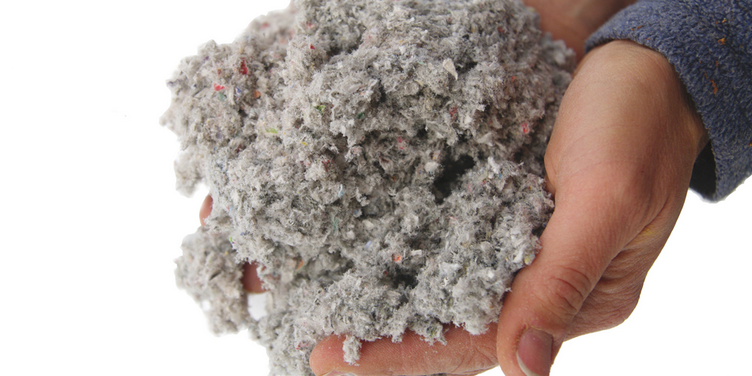
Insulation is a critical part of a home that often goes overlooked. It’s an unseen guardian, protecting your home from extreme weather conditions, reducing noise, and even saving you considerable sums of money on energy bills. Among the various types of insulation available in the market, two of the most common choices for attic insulation are Cellulose and Fiberglass. In this comprehensive guide, we’ll delve into the intricate details of both types and aid you in making an informed decision for your home.
Before we delve into the cellulose versus fiberglass debate, it’s essential to grasp why insulation is so important for homeowners. Insulation, particularly in your attic, keeps your home comfortable and energy-efficient. It acts as a barrier, reducing heat transfer between your house and the outside world, keeping you warm in the winter and cool in the summer.
Not only does this mean a more comfortable living environment, but it also leads to less energy consumption and lower utility bills.
With the right insulation, you can save up to 15% on heating and cooling costs, according to the U.S. Department of Energy. However, not all insulation is created equal, and this is where the cellulose vs. fiberglass debate comes into play.
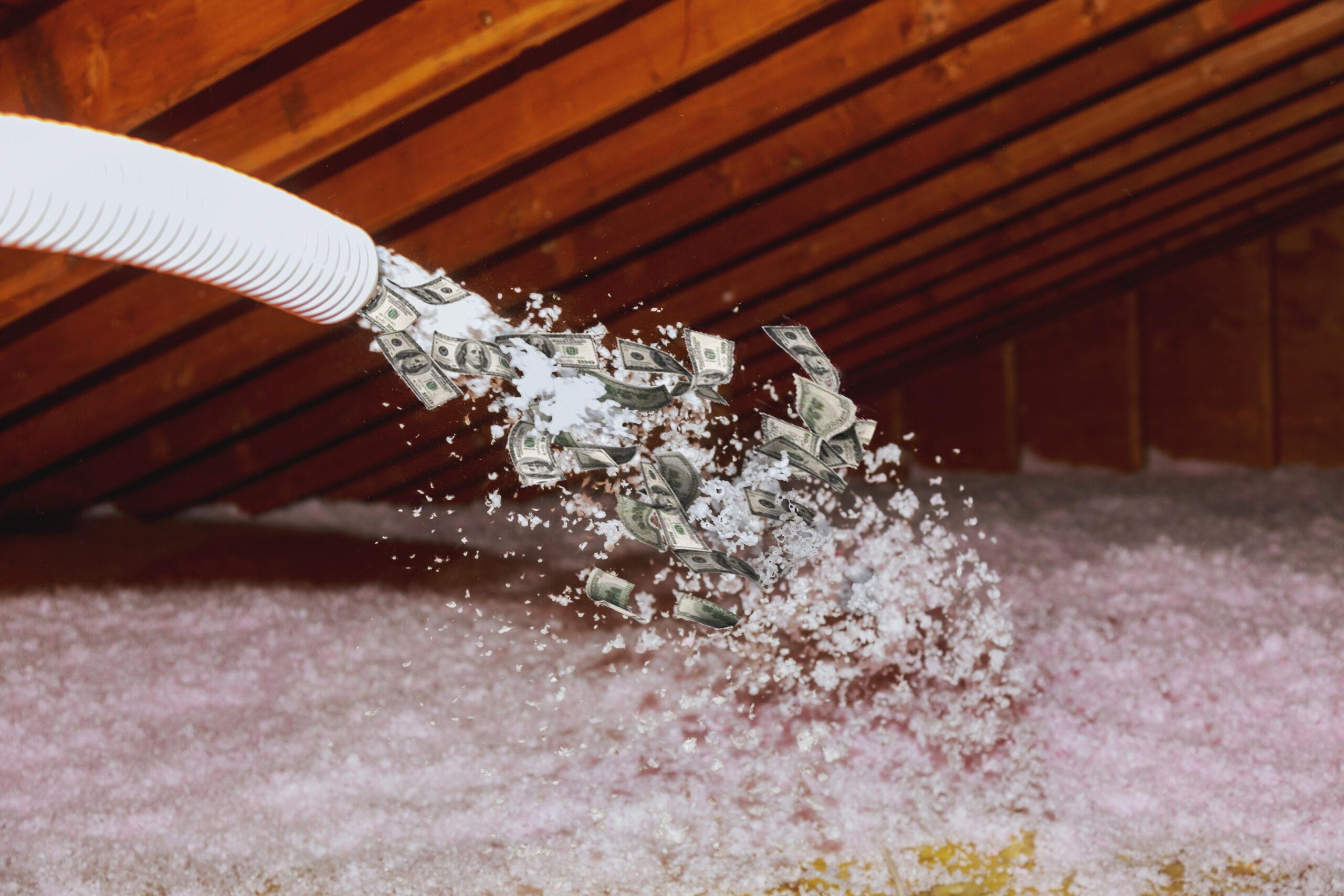
Attic insulation is a thermal barrier that blocks the transfer of heat between the attic and the living spaces below. The better your insulation, the less heat you lose in the winter and gain in the summer. This reduces the load on your HVAC system and saves energy.
Insulation effectiveness is measured in R-values — the capacity of an insulating material to resist heat flow. The higher the R-value, the greater the insulating power. The Department of Energy recommends an R-value of R-30 to R-60 for attics in most climates.
Cellulose insulation is a type of loose-fill insulation made from recycled paper products, primarily newspaper. The paper is treated with chemicals to make it fire-resistant and suitable for home insulation.

Fiberglass insulation is made from tiny fibers of glass woven together. It’s available in two forms: as pre-cut batts and as a loose-fill material that can be blown into attics.
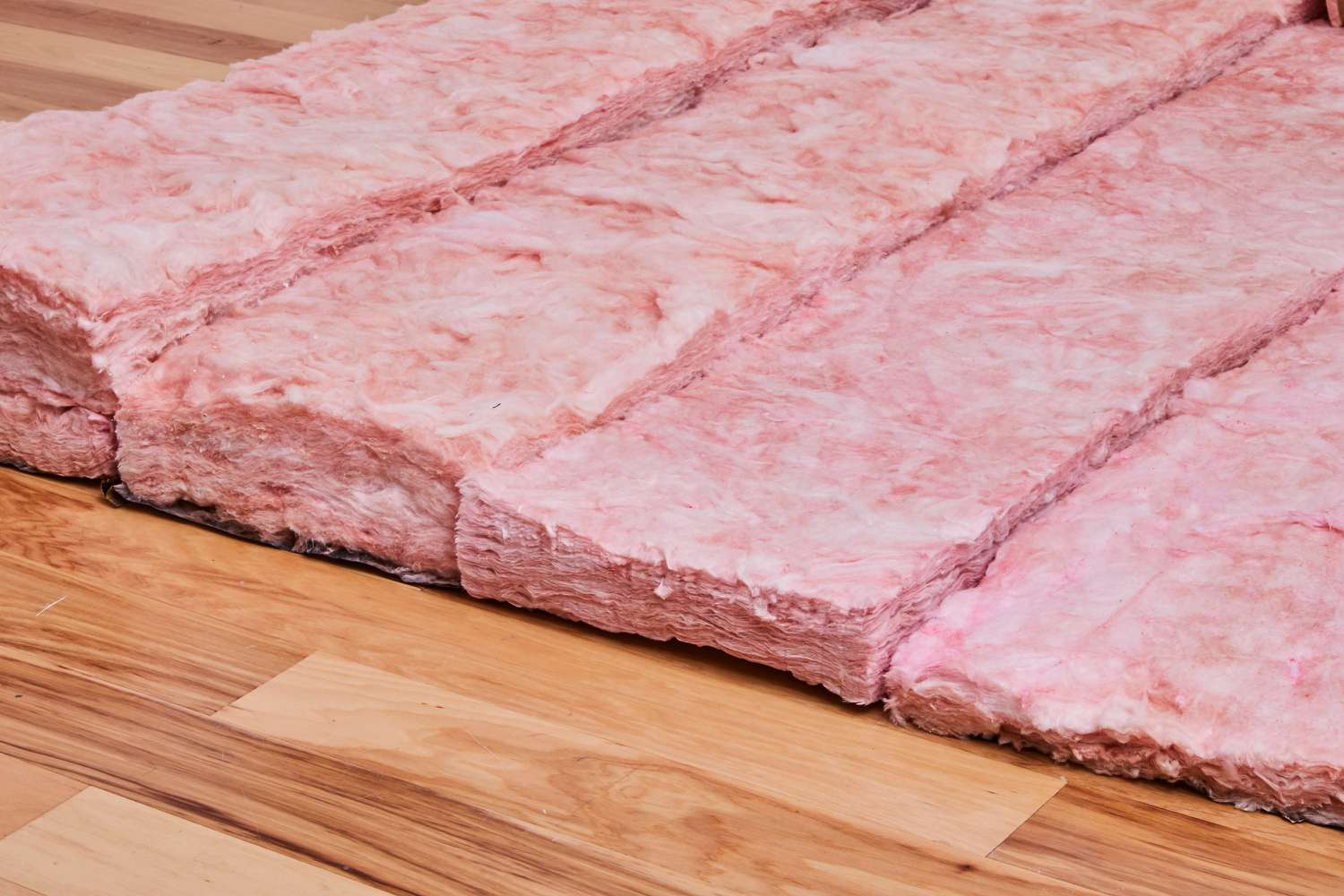
While both cellulose and fiberglass are eco-friendly options, cellulose takes the lead as it is composed of about 85% recycled materials. In contrast, fiberglass contains around 20-30% recycled content. The production of cellulose insulation also consumes less energy than that of fiberglass.
Both cellulose and fiberglass are energy-efficient insulation materials, but cellulose has a slight edge due to its higher R-value. The R-value for cellulose insulation is approximately 3.2 to 3.8 per inch, while fiberglass insulation typically has an R-value of 2.2 to 2.7 per inch. This higher R-value means cellulose insulation can provide the same level of insulation as fiberglass but in a thinner layer.
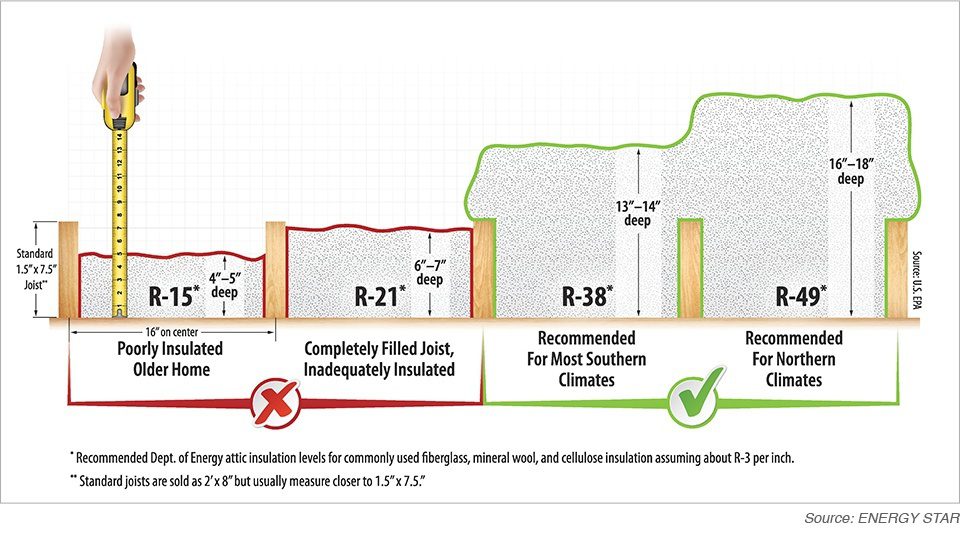
Fiberglass insulation is generally less expensive than cellulose, both in terms of material and installation costs. However, the total cost also depends on the size and complexity of the area being insulated.
Both types of insulation are treated with fire retardants to enhance their fire resistance. However, cellulose insulation is often considered safer in the event of a fire as it chars rather than burns, while fiberglass can melt when exposed to extreme heat.
In any home, ensuring proper moisture control and ventilation in your attic space is pivotal. Regardless of whether you choose cellulose or fiberglass, persistent moisture or exposure to water can be detrimental to the performance and longevity of the insulation material.
Cellulose has the potential to absorb some moisture, but it can also dry out without losing its insulating power, provided the source of the moisture is appropriately addressed. On the other hand, while fiberglass is less likely to absorb moisture, it can still suffer from mold and mildew growth when exposed to persistent dampness or standing water.
Thus, the critical factor here isn’t the insulation material itself, but rather the effectiveness of your home’s moisture control measures. Ensuring your attic space has adequate ventilation, combined with effective moisture barriers and timely maintenance, is essential for the health of both your insulation and your home’s overall structure.
Under properly controlled conditions, cellulose insulation continues to provide superior thermal performance and environmentally-friendly benefits, making it an excellent choice for homeowners prioritizing energy efficiency and sustainability
Cellulose insulation is typically treated with borates, which have pest-resistant properties. This can be beneficial in regions prone to insect infestations.
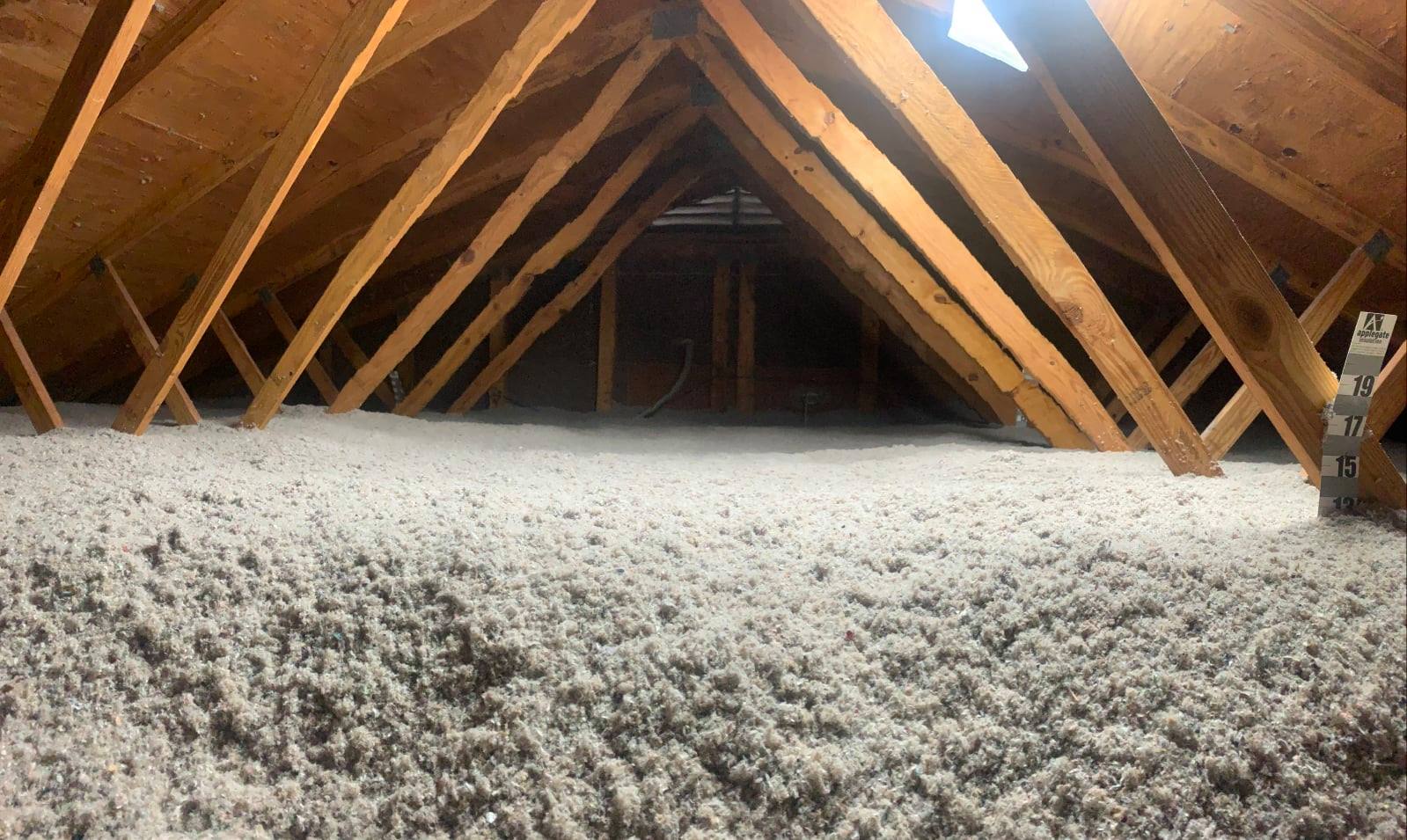
Whether you’re considering cellulose or fiberglass insulation, the process of blown-in insulation is essentially the same. Professionals use a specialized machine to blow the insulation into the attic space. Here’s a brief rundown of the procedure:
Remember that this process should be left to professionals to ensure a proper and safe installation.

Choosing the right insulation for your home is a critical decision that can significantly impact your home’s comfort and energy efficiency. Both cellulose and fiberglass insulation have their merits and drawbacks. However, for those prioritizing eco-friendliness, superior thermal performance, and excellent sound insulation, blown-in cellulose insulation is a compelling choice.
At Paschal Air, Plumbing & Electric, we are experts in installing blown-in cellulose insulation, providing you with superior service and guaranteeing an increase in your home’s comfort and energy efficiency. Remember, insulation is not a DIY project – it requires the precision and expertise of trained professionals.
Ready to enhance your home’s comfort and save on energy bills? Schedule your next appointment with the Professionals at Paschal today! Our experienced team is ready to evaluate your home’s needs and provide the best insulation solution for you. Your comfort is our priority.